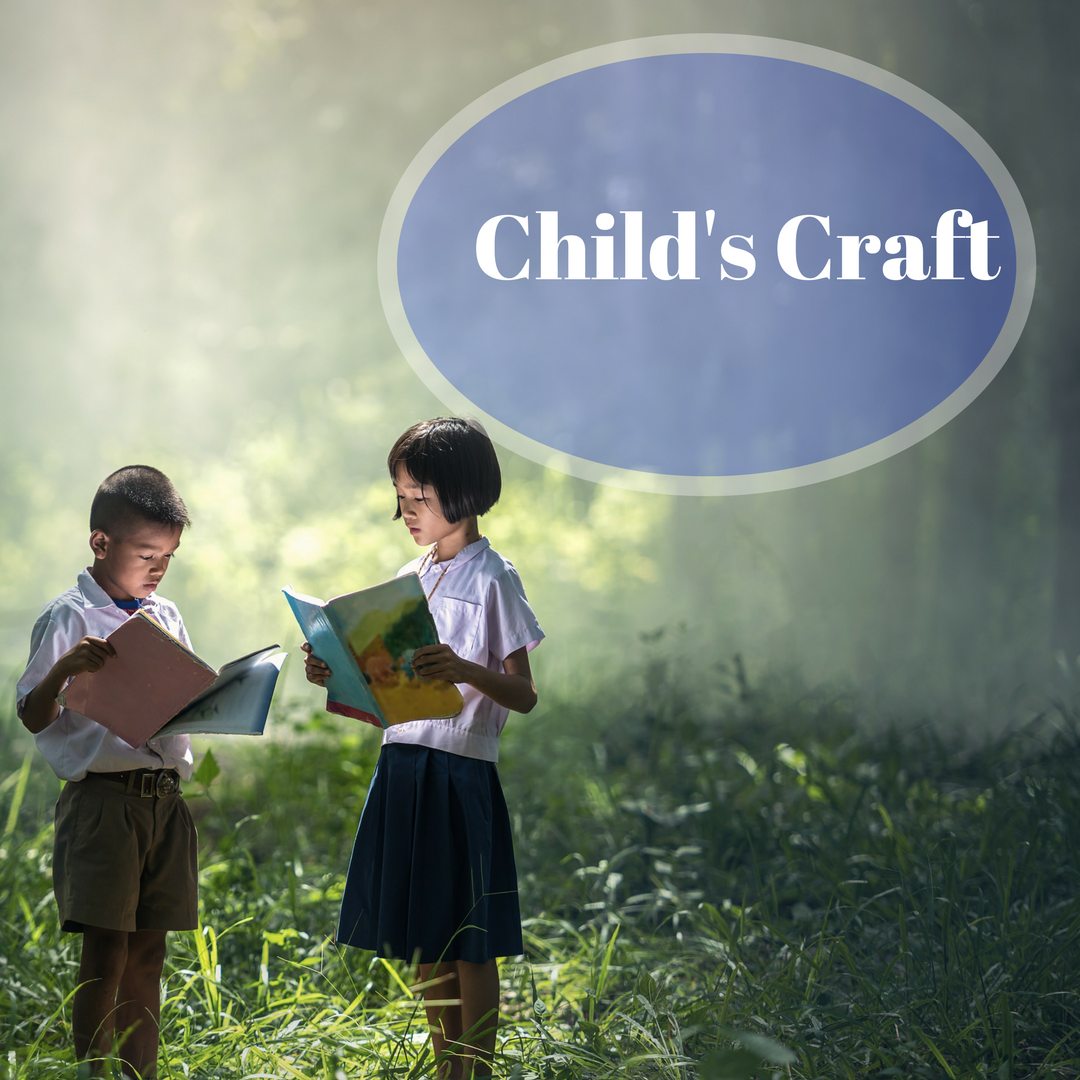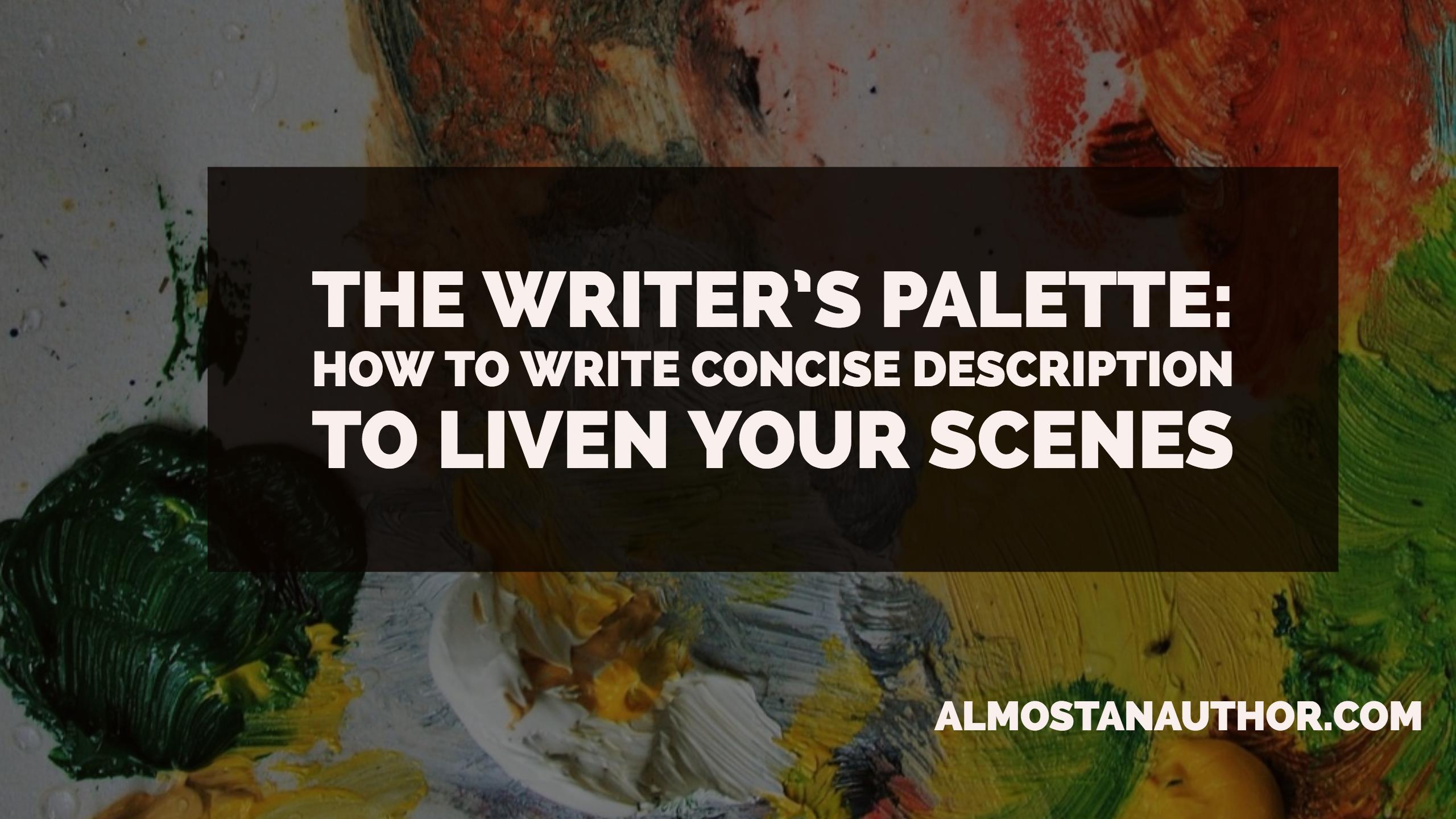
My Best Tool for Describing My Characters’ Emotions
Do you struggle to find the right words to describe your characters’ emotions? I certainly do. Description and portraying…
March 24, 2023
Do you struggle to find the right words to describe your characters’ emotions? I certainly do. Description and portraying…
March 24, 2023
The story setting in literature describes the where and when of a character and action. The setting of a…
April 25, 2021
Some writers are blessed with a vivid visual imagination. Just by willing it, they can render scenes in their…
October 13, 2020
Emily Dickinson knew how to find inspiration without leaving the house. In her thirties, the reclusive poet withdrew into…
May 13, 2020
Once upon a time a romance novel plot included a heroine who wanted the hero to kiss her, but…
November 23, 2019
When it comes to writing, some of us like to picture it in our head and write what we…
November 7, 2019
The first reaction I get when I tell another romance writer that I write sweet love stories is often…
November 23, 2018
Inspiration for the stories we write often comes from our own childhood experiences. But, times change; cultures change; technology…
July 21, 2018
A writer must find the perfect balance when describing characters, especially when introducing them to a reader for the…
June 19, 2017
As writers, we have the power to tear down the boundaries of paper and ink when we craft a…
February 8, 2017